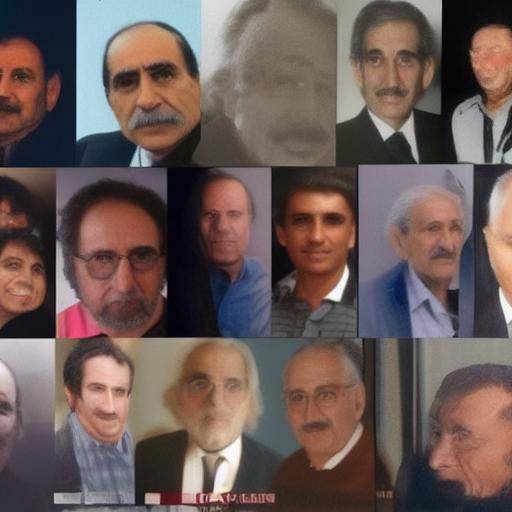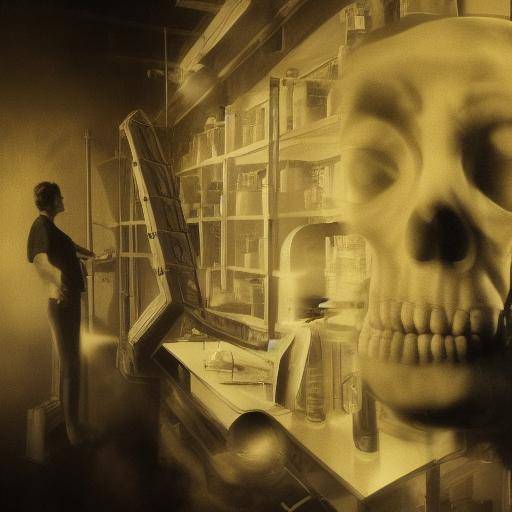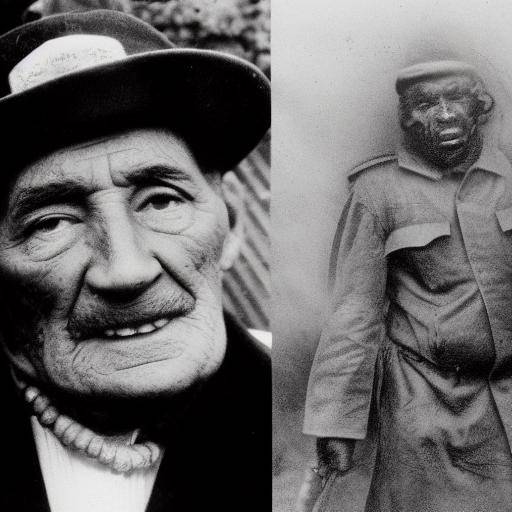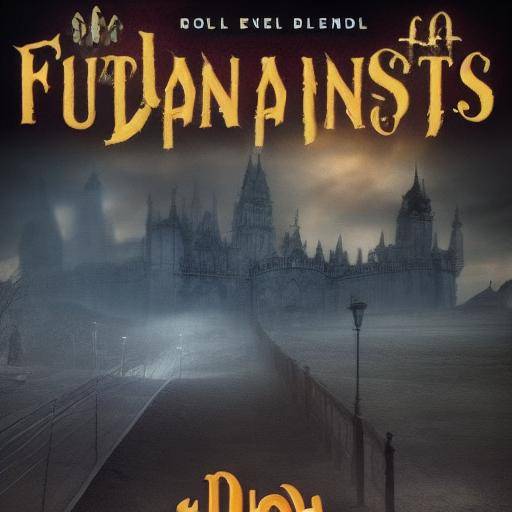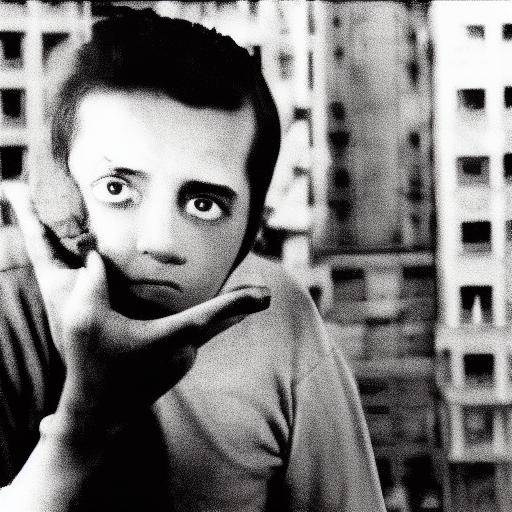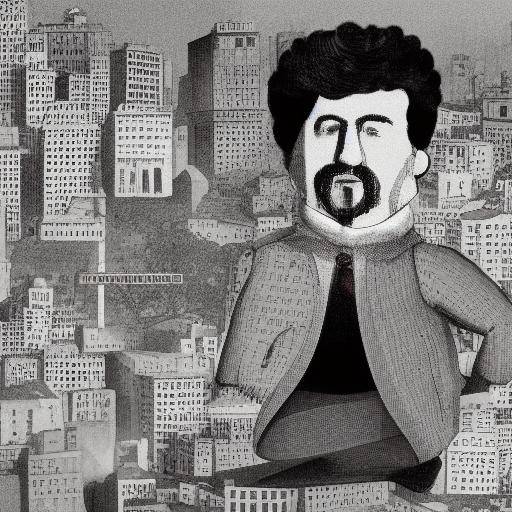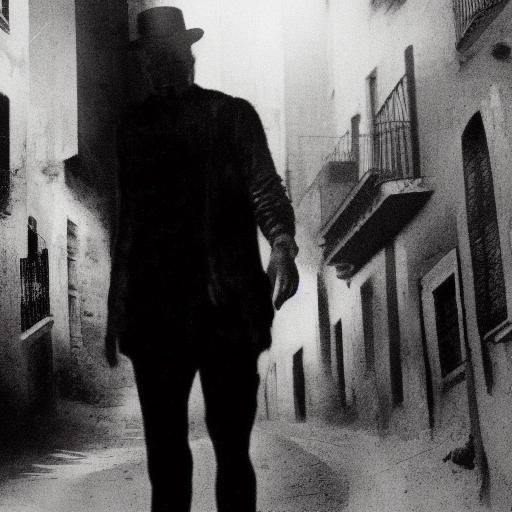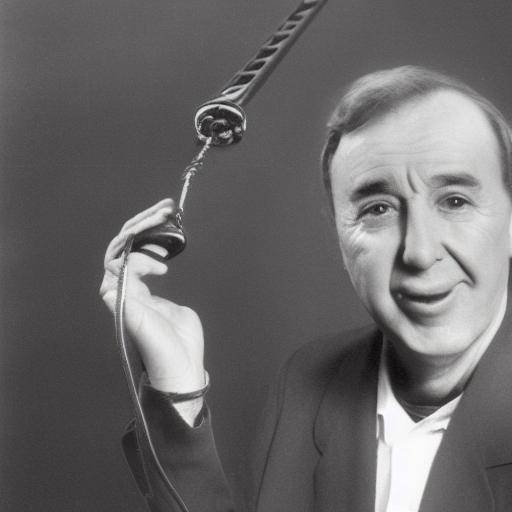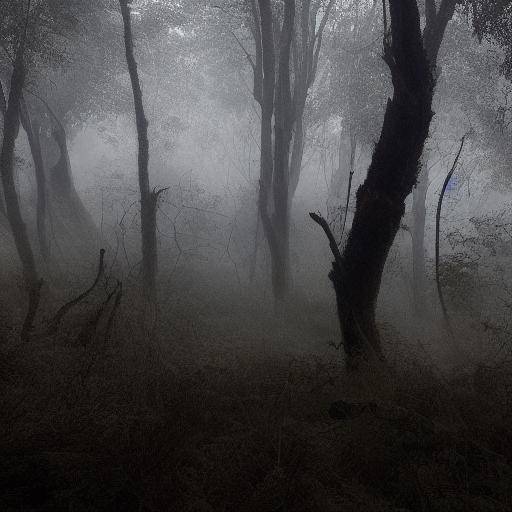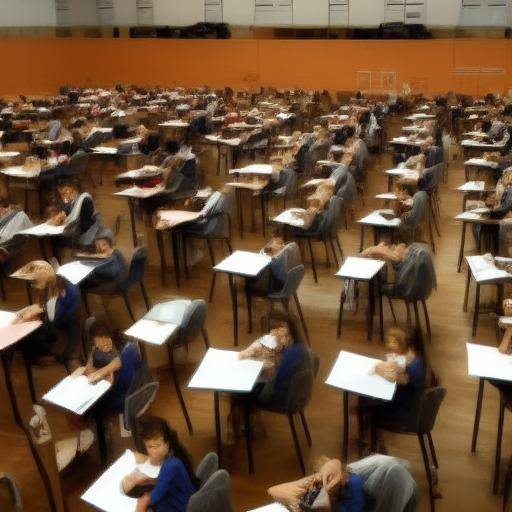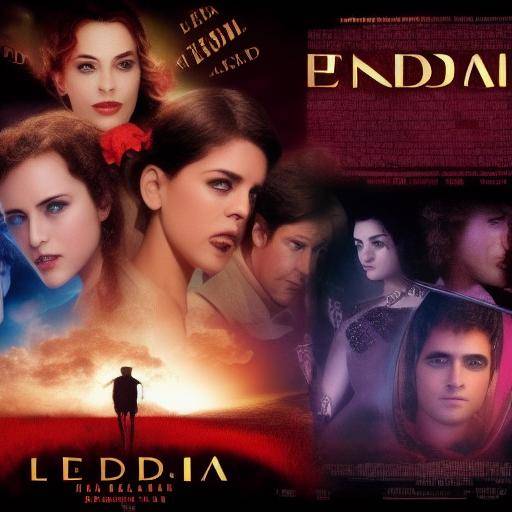
The phenomenon of forbidden films has captured the imagination and curiosity of people throughout the history of cinema. These cinematographic works have been surrounded by myths and mysteries that have aroused the interest of both chimphiles and curious. In this article, we will explore the fascinating world of censored films, the urban legends that surround them and the enigmas that persist around them.
Introduction
The forbidden films, also known as censored films, have been the subject of controversy and debate in the film industry since its emergence. Since then, certain films have been vetoed or suppressed in different countries due to their content considered inappropriate, subversive or disturbing. This phenomenon has generated a series of legal threats, causing public outrage and, at the same time, creating a halo of mystery that continues to attract the interest of many spectators.
In this article, we will explore the history and background of forbidden films, unravel the urban legends that surround them and immerse ourselves in the enigmas that persist around these cinematographic works.
History and Background
The forbidden films have a long and complex history that goes back to the beginnings of the cinema. Since its first years, the seventh art has challenged moral norms and codes, giving rise to censorship and prohibition of certain films that have impacted the audience and society in general.
Origins and Evolution
The emergence of cinema brought with it the possibility of transmitting messages and images in a way never before seen. This creative freedom soon faced censorship, initially linked to moral norms and subsequently to political and social considerations. Over the years, banned films have addressed taboo, political, religious or sexual issues, challenging conventions and generating controversy.
First Prohibitions
The first prohibitions in cinema emerged in the 1910s, when governments began to impose regulations to control the content of films. Works like "The Birth of a Nation" (1915) and "Häxan" (1922) faced censorship due to their racial and religious content, respectively.
It was the Great Depression and the Second World War
During the Great Depression and the Second World War, film censorship intensified, with films prohibited by its political and social content. The Hays Code in the United States, implemented in 1934, established strict moral guidelines that films should follow, restricting topics such as sex, violence and politics.
Decades of 1960 and 1970
The 1960s and 1970s saw an explosion of films that openly challenged social and political norms. Movies like "A Clockwork Orange" (1971) by Stanley Kubrick and "The Last Tango in Paris" (1972) by Bernardo Bertolucci were banned in several countries for their explicit and controversial content.
Urban and Myth Legends
The forbidden films have not only generated controversy, but also led to numerous urban legends and myths. Some of these stories have fed the mystery aura surrounding these cinematographic works.
Damn Movies
Some forbidden films have been labeled as "bad" due to alleged tragic events that occurred during their production or after their launch. One example is "The Exorcist" (1973), which is said to have been surrounded by unexplained accidents and deaths.
Missing films
There are stories of films that were banned and then disappeared mysteriously, increasing their legend. "London After Midnight" (1927) is one of those lost films that has generated speculation and fascination between the syphilos.
Persistent puzzles
Despite advances in freedom of expression and the elimination of many forms of censorship, some riddles persist around forbidden films.
Modern Censorship
At present, while explicit censorship has decreased, forms of control and prohibition persist in certain cultural and political contexts. Films that address sensitive issues such as religion, politics or sexuality still face restrictions in several countries.
Cultural Impact
The cultural impact of forbidden films remains a topic of debate. These works, being vetoed, often gain a notoriety that gives them a status of worship, making their influence perpetuate beyond the barriers of censorship.
Conclusion
The mystery behind forbidden films remains an inexhaustible source of fascination and debate. From its origins in the early days of cinema to contemporary riddles, these cinematographic works continue to challenge the norms and provoke reflections on freedom of expression, censorship and the power of images. By exploring the myths and realities of forbidden films, we get a deeper insight into how cinema can influence society and reflect its tensions and conflicts.
This article has explored the intriguing world of forbidden films, unraveling the myths and realities surrounding them. Through history and urban legends, we have tried to understand the impact and relevance of these cinematographic works in culture and society.
























